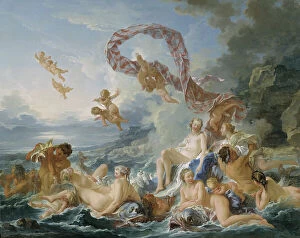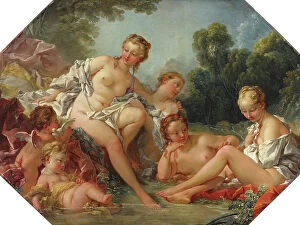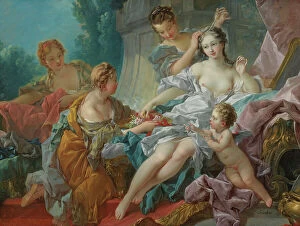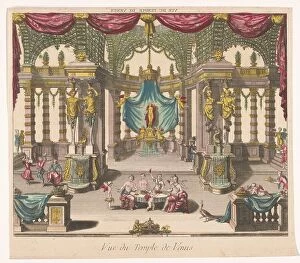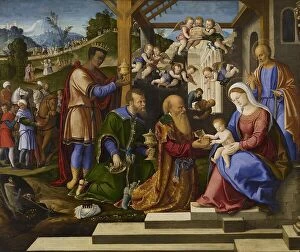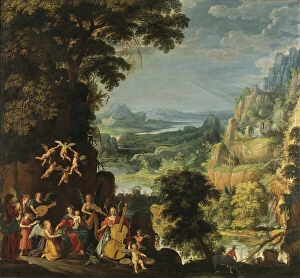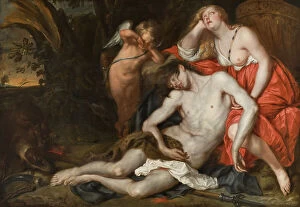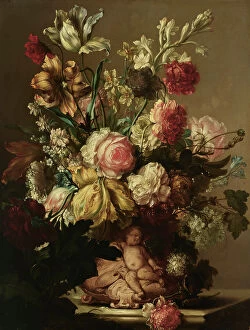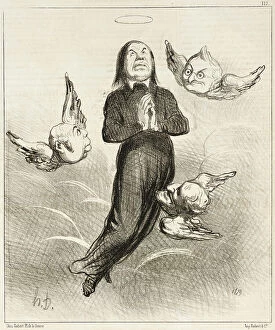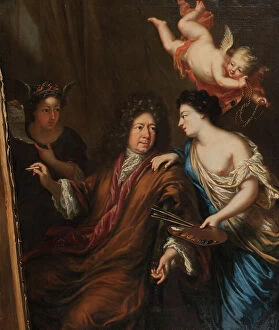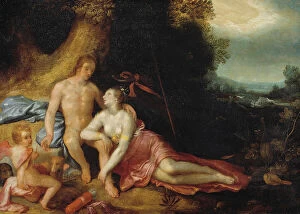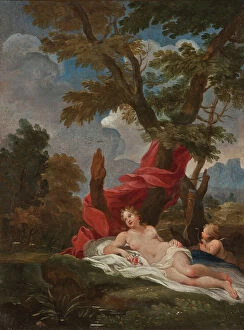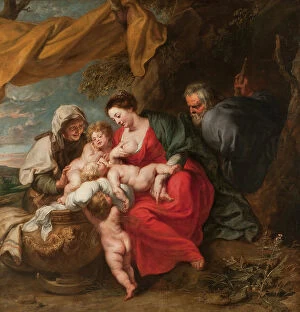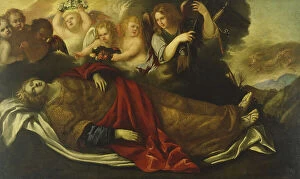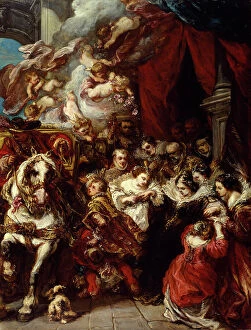Cherub Collection (page 5)
In the ethereal realm of art, cherubs have long been a captivating subject
All Professionally Made to Order for Quick Shipping
In the ethereal realm of art, cherubs have long been a captivating subject. From the famous painting on the ceiling of the Vatican Museum in Rome, depicting 80 Ethiopian cherubs with their delicate wings and angelic faces, to Alexandre Cabanel's masterpiece "The Birth of Venus" that showcases a celestial cherub floating above the goddess herself. Not limited to Italy alone, France also boasts its own share of cherubic wonders. In Amiens Cathedral stands a statue known as "The Crying Angel, " evoking both sorrow and serenity simultaneously. Meanwhile, Minerva Victorious over ignorance reminds us that these heavenly beings are not merely symbols of innocence but also guardians against ignorance. Moving through time and space, we encounter various depictions of cherubs in different contexts. Whether it be "The Feast of Venus, " where they playfully frolic around the goddess of love or simply observing from afar like in "Cherub Looking to Right. " Religious iconography has often portrayed cherubs alongside divine figures such as God, Jesus, and Mary. One can't help but feel moved by their presence in paintings like "The Virgin and St. Anne, " where they symbolize purity and protection. Beyond visual arts lies literature; Robert Southwell's poetic verses intertwine with anonymous authors' words to explore themes surrounding these celestial beings' mystique. Even scientific endeavors have found inspiration from cherubs; an early map of the Moon from 1635 includes intricate illustrations featuring these winged creatures amidst lunar landscapes. Horace Walpole's fascination with Gothic architecture led him to incorporate elements reminiscent of cherubic motifs into his estate at Strawberry Hill House - Smith 10 being one such example. Lastly, who could forget Shakespeare's whimsical portrayal of mischievous fairies resembling tiny cherubs in his enchanting play Midsummer Night's Dream? Across continents and centuries alike, whether adorning ceilings or gracing canvases with their presence, cherubs continue to captivate our imaginations.

